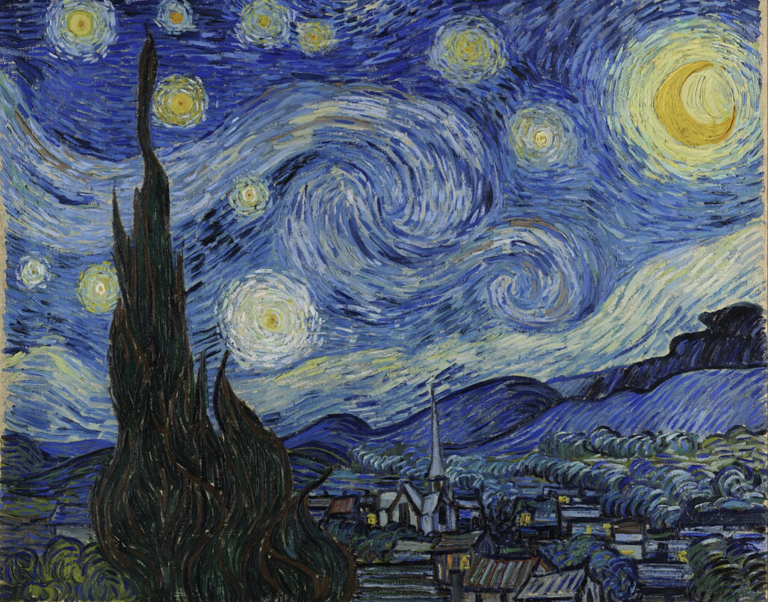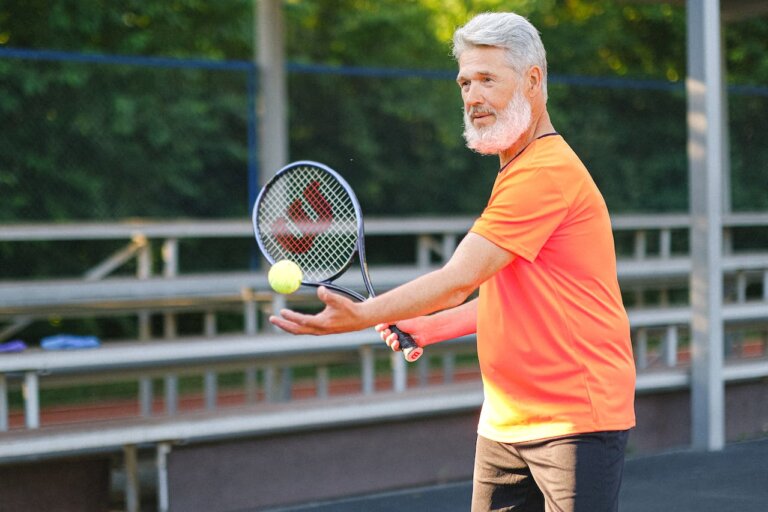Wouldn’t you like to just……slow down?
In today’s fast-paced world, it’s easy to get caught up in the whirlwind of tasks, deadlines, and constant digital chatter.
But there’s an alternative approach to life that’s gaining popularity — slow living.
What is Slow Living?
Slow living is all about embracing a more intentional and mindful way of life, one that prioritizes quality over quantity, and cherishes the joy found in simple moments.
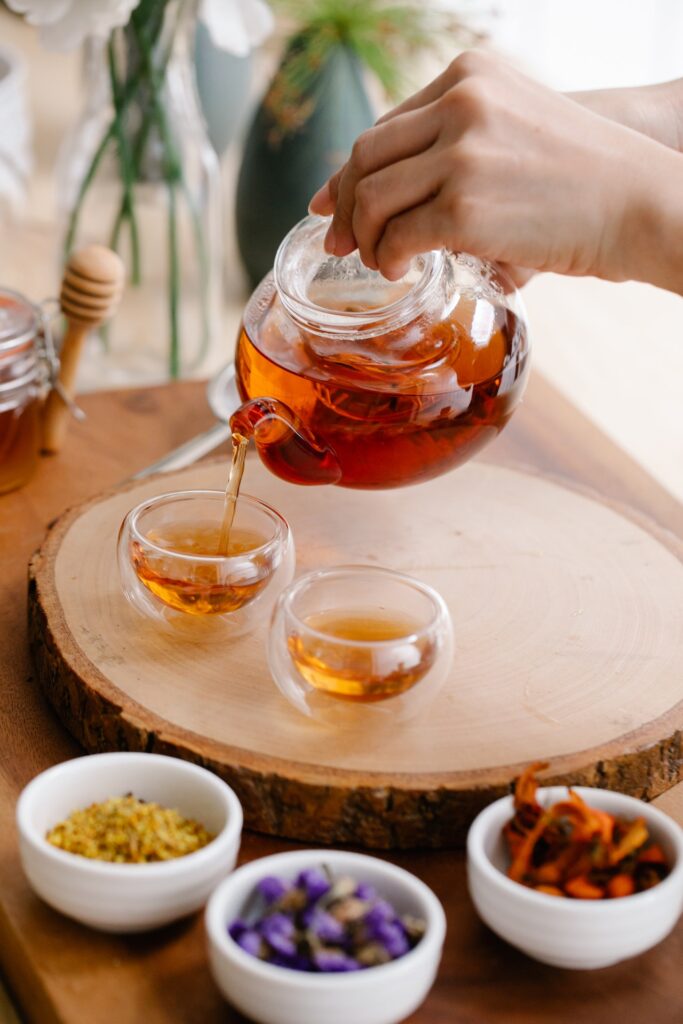
Slow living isn’t about doing everything at a snail’s pace. Instead, it’s about taking the time to do things right, to savor each moment, and to focus on what truly matters.
So why not take a step back from the hustle and bustle and explore the art of slow living?
Definition of Slow Living
Slow living can be best defined as a conscious choice to live a life that is more intentional, mindful, and focused on the present.
It is about finding a balance between work, personal life, and leisure, without succumbing to the constant pressures of society’s expectations.

Slow living encourages individuals to prioritize experiences, relationships, and personal well-being.
The Difference Between Simple Living and Slow Living
While simple living and slow living may seem similar at first, there are distinctive differences between the two.
Simple living is primarily about minimizing material possessions and decluttering physical spaces to create a sense of simplicity and freedom.
Slow living, on the other hand, extends beyond the physical realm and encompasses a broader mindset.
It encourages individuals to slow down the pace of their lives, embrace mindfulness, and cultivate a deeper connection with themselves and the world around them.
The Slow Living Philosophy
At the core of slow living is the belief that by intentionally slowing down, individuals can lead more fulfilling lives.
It challenges the notion that success is solely defined by productivity and achievements. Instead, slow living invites us to
- Focus on the present moment
- Appreciate the beauty in everyday experiences
- Rediscover your passions and priorities

By embracing slow living, individuals can create space in their lives for self-reflection, self-care, and meaningful connections with others.
This philosophy encourages you to ask yourself important questions about what truly brings you joy and fulfillment, rather than conforming to external expectations.
Origins of the Slow Living Movement
The slow living movement emerged in the 1980s as a response to the fast-paced, consumer-driven culture that dominated society.
It was first popularized by Carlo Petrini, an Italian journalist and founder of the Slow Food movement.
Slow Food aimed to promote local, sustainable food choices and encourage individuals to savor their meals instead of rushing through them.
Since then, the slow living movement has expanded to encompass various aspects of life, including travel, fashion, and work.
It has gained momentum as more people seek alternatives to the hectic and stressful pace of modern life.
Care to come along?
Benefits of Slow Living
Reduced Stress and Anxiety
In today’s fast-paced world, stress and anxiety have become all too common. We are constantly bombarded with information, deadlines, and the pressure to always be connected.
This constant state of busyness can take a toll on your mental and physical health.
Would you like a different way?

By slowing down and simplifying your life, you give yourself the opportunity to relax and unwind.
Slow living encourages you to prioritize your well-being and find balance in your daily routines. This intentional focus on self-care helps reduce stress levels and promotes a sense of calm and tranquility.
Improved Mental Health
Slow living has a profound impact on our mental health. By intentionally slowing down our pace of life, we create space for
- Rest
- Reflection
- Rejuvenation
This deliberate shift allows you to reconnect with your inner self, fostering a sense of calm and peace.

By embracing slow living, you reduce stress, anxiety, and burnout, giving your mind the chance to unwind and recharge.
Enhanced Productivity and Creativity
Contrary to popular belief, slow living does not mean laziness or lack of productivity.
In fact, by embracing a slower pace of life, we can actually enhance our productivity and creativity.
When we are constantly rushing from one task to another, our focus becomes fragmented and our productivity suffers.

By slowing down and giving yourself permission to fully immerse in a task, you can tap into a state of flow.
Flow is a mental state characterized by complete absorption and focus. It is in this state that your creativity flourishes, ideas flow effortlessly, and productivity soars.
Boom!
Habits of Slow Living
By adopting certain habits, you can incorporate slow living into your daily life and experience a greater sense of peace and fulfillment.
Let’s explore some of these habits in more detail.
Mindfulness and Being Present
One of the fundamental aspects of slow living is mindfulness – the practice of being fully present in the moment.
It involves paying attention to your thoughts, feelings, and sensations without judgment.
By cultivating mindfulness, you can develop a deeper appreciation for the simple things in life and find joy in the present moment.

To incorporate mindfulness into your daily routine, consider starting a meditation/prayer practice.
Set aside a few minutes each day to sit in silence, focusing on your breath and observing your thoughts. Gradually increase the duration of your meditation/prayer sessions as you become more comfortable with the practice.
Additionally, throughout the day, take moments to pause and fully engage with your surroundings. Notice the sights, sounds, and smells around you, allowing yourself to fully experience the present moment.
Simplifying and Decluttering
Slow living encourages you to simplify your life and let go of excess physical and mental clutter.
By decluttering, you create a space that is more conducive to inner peace and focus. This process involves evaluating your possessions and letting go of items that no longer serve a purpose or bring you joy.
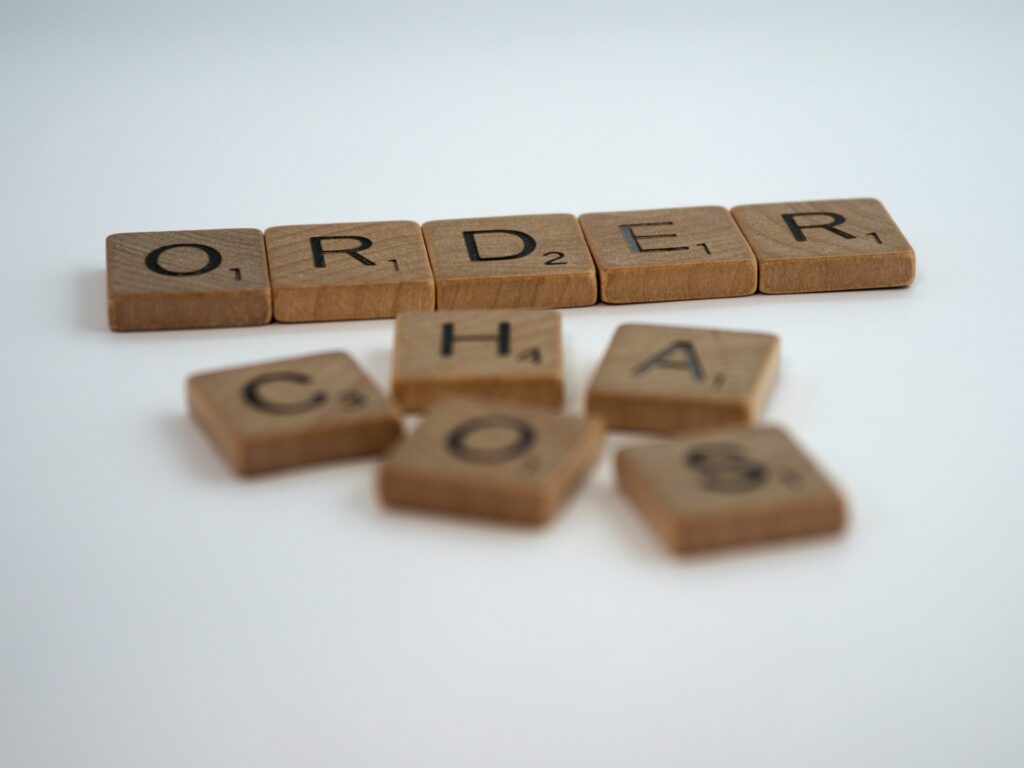
Practical tip: Start by decluttering one area of your home at a time. Ask yourself if each item is truly necessary or if it brings you happiness.
Consider donating or selling items that are in good condition but no longer serve you.
As you declutter, you’ll find that you have more physical and mental space to focus on what truly matters.
If you’re looking for inspiration and practical tips on decluttering, here’s a bite-sized tutorial on your minimalism journey.
Slowing Down and Prioritizing
In our fast-paced society, it’s easy to get caught up in a never-ending cycle of busyness.
Slow living encourages us to slow down, be intentional with our time, and prioritize what truly matters to us.
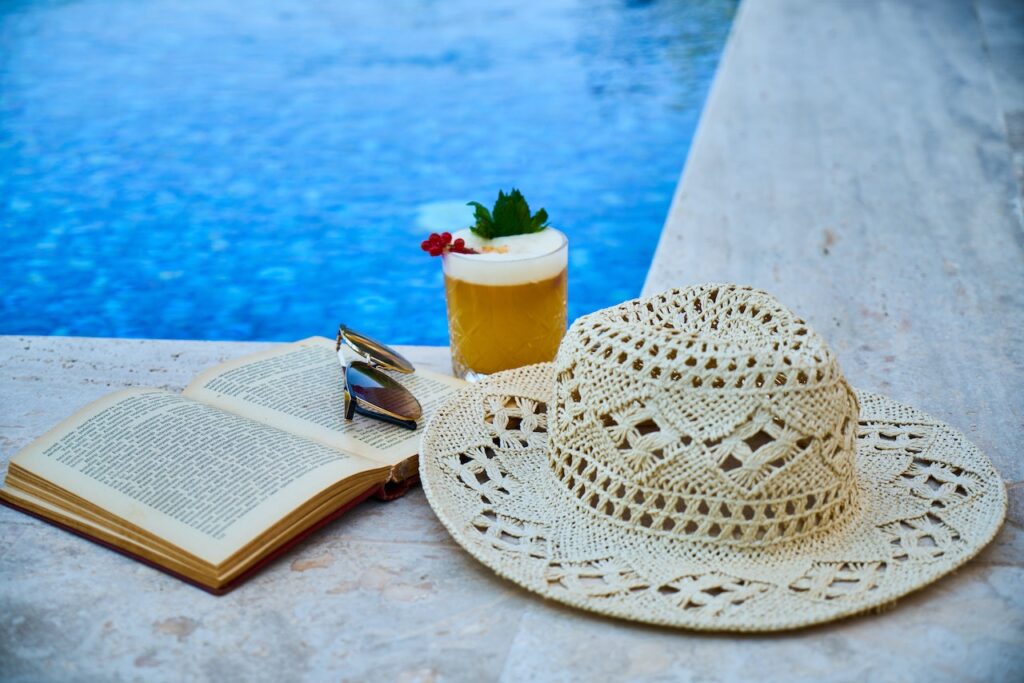
To practice slowing down and prioritizing, start by examining how you spend your time.
Are there activities or commitments that drain your energy or take away from what you value most?
Consider eliminating or reducing these activities to create more space for what brings you joy and fulfillment.
Embrace the art of saying no and set clear boundaries to protect your time and energy.
Let’s get you back to your favorite life!
Remember, slow living is not about doing less, but rather about doing things with intention and purpose.
By slowing down and making conscious choices, you can create a more balanced and meaningful life.
Connection with Nature
In the hustle and bustle of modern life, it’s easy to lose touch with the natural world. Connecting with nature is an essential aspect of slow living as it helps us cultivate a sense of awe, wonder, and gratitude.
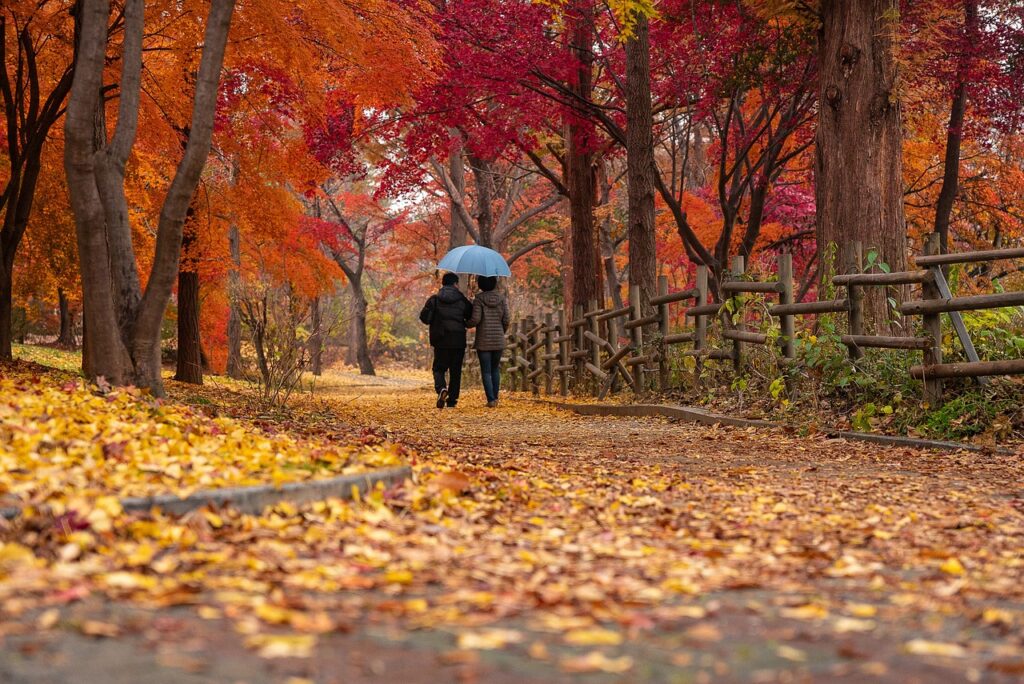
Make it a habit to spend time in nature regularly. Whether it’s taking a walk in the park, going for a hike, or simply sitting in your backyard, immerse yourself in the beauty of the natural world.
Pay attention to the sights, sounds, and sensations of nature, allowing yourself to fully appreciate its wonders.
For more inspiration and ideas on connecting with nature, Outdoor Families Magazine offers a wealth of resources and articles that can help you incorporate nature into your daily life.
How Do I Start Slow Living?
If you’re ready to embark on the slow living journey, here are some practical steps to get started:
Creating a Daily Routine
Establishing a daily routine is crucial when adopting a slow living lifestyle. It provides structure and allows you to prioritize activities that bring you fulfillment.
Start by waking up at a consistent time each morning and dedicating a few minutes to a calming morning ritual, such as meditation, prayer or journaling.
During your day, schedule regular breaks to relax and recharge.

By incorporating self-care activities into your routine, such as reading a book, taking a walk, or whatever relaxes you to the max, you’ll cultivate a sense of balance and tranquility.
Related websites for further information:
Practicing Mindful Eating
Mindful eating involves savoring each bite, paying attention to the flavors and textures, and being fully present during meals.
To practice mindful eating, eliminate distractions like television or smartphones while dining.
Take your time to chew slowly and appreciate the nourishment your food provides.
Notice how different foods make you feel and make conscious choices that align with your well-being.

Related websites for further information:
Engaging in Slow Activities
Engaging in slow activities allows you to fully immerse yourself in the present moment and find joy in simple pleasures.
Slow activities can include gardening, painting, playing a musical instrument, or even cooking a meal from scratch.
These activities encourage you to slow down, focus on the process, and cultivate a sense of mindfulness.
Embrace hobbies that bring a smile to that gorgeous face and make time for them regularly.
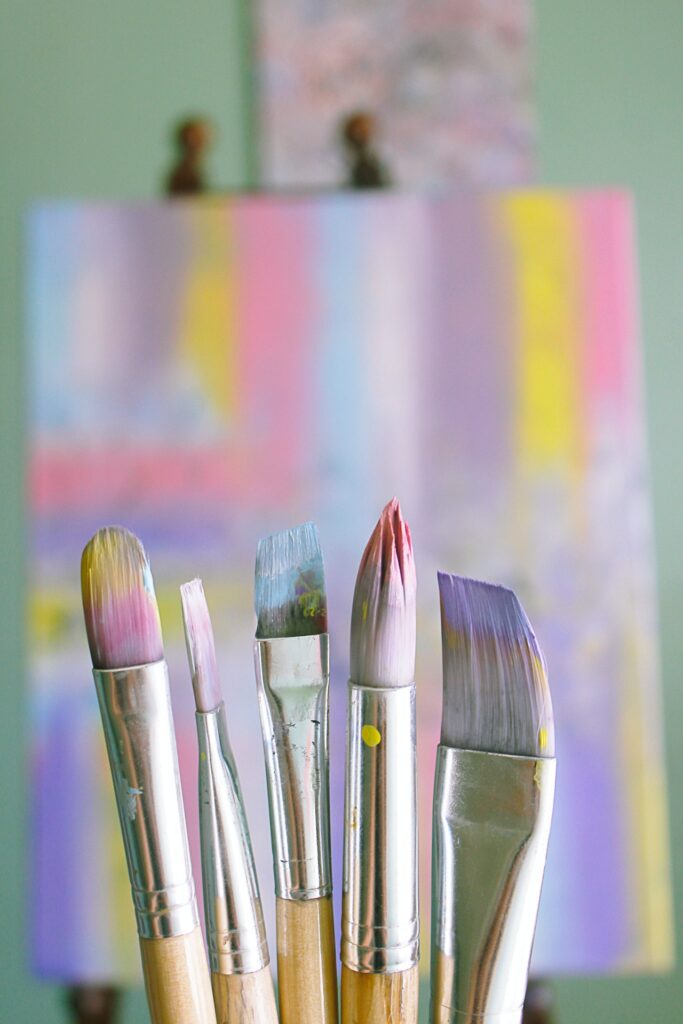
Related websites for further information:
Disconnecting from Technology
In today’s fast-paced world, constant connectivity can hinder our ability to slow down and be present.
Take intentional breaks from technology to create space for reflection and relaxation.
Consider implementing “tech-free” zones in your home, such as the bedroom or dining area.
Engage in activities that don’t involve screens, such as going for a walk in nature, having meaningful conversations with loved ones, or practicing mindfulness exercises.

By disconnecting from technology, you’ll free up mental space to fully embrace the slow living mindset.
Here’s a helpful article if you’re due for a digital detox!
Slow Living and Sustainability
Slow living mindset extends beyond just our personal lives and has significant implications for sustainability.
Conscious Consumption
Conscious consumption involves being aware of the environmental impact of the products we buy and the choices we make.
By taking the time to research and understand the lifecycle of a product, we can make more informed decisions about its sustainability.

When it comes to food, for example, slow living encourages us to support local farmers and choose organic options whenever possible.
By doing so, we reduce our carbon footprint and support sustainable agricultural practices.
Additionally, we can opt for minimal packaging and reduce our reliance on single-use plastics, which contribute to the growing waste problem.
Minimalism and Slow Living
Minimalism is closely intertwined with slow living, as it advocates for a simpler and more intentional lifestyle.
Embracing minimalism means decluttering our lives and focusing on what truly brings us joy and fulfillment.
By reducing our material possessions, we not only free up physical space but also reduce our consumption and waste.
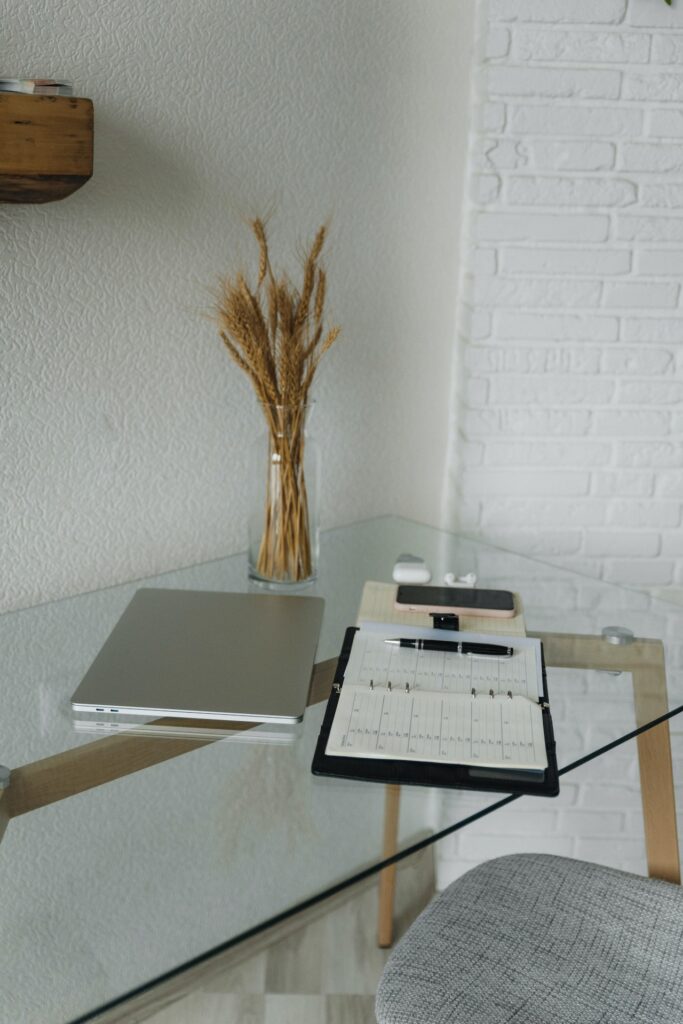
When we embrace minimalism, we shift our mindset from constantly seeking more to appreciating what we already have.
Less stuff = Happier You
Appreciating Quality over Quantity
In a society that often equates success with the accumulation of possessions, slow living encourages us to prioritize quality over quantity.
Instead of a wardrobe overflowing with fast fashion items that quickly go out of style, we can invest in timeless pieces made from sustainable materials.
This practice also applies to your experiences and relationships.
Slow living encourages you to savor the moments spent with loved ones, rather than constantly seeking the next big thing.
This shift in mindset allows you to cultivate deeper connections and find fulfillment in the simple joys of life.
How about a list of famous quality of quantity quotes to inspire you!

For more information on slow living and sustainability, you can visit the following websites:
Slow Living in Different Cultures
Let’s explore how slow living is celebrated in three unique cultures: Hygge, Ikigai, and Siesta.
Hygge: Embracing Coziness in Denmark
Hygge (pronounced “hoo-ga”) is a Danish term that encompasses the feeling of coziness and contentment.
It’s all about creating a warm and inviting atmosphere, embracing simple pleasures, and cultivating a sense of well-being.
In Denmark, hygge is a way of life, and it can be experienced in various settings, such as cozy homes, quaint cafes, or intimate gatherings with loved ones.
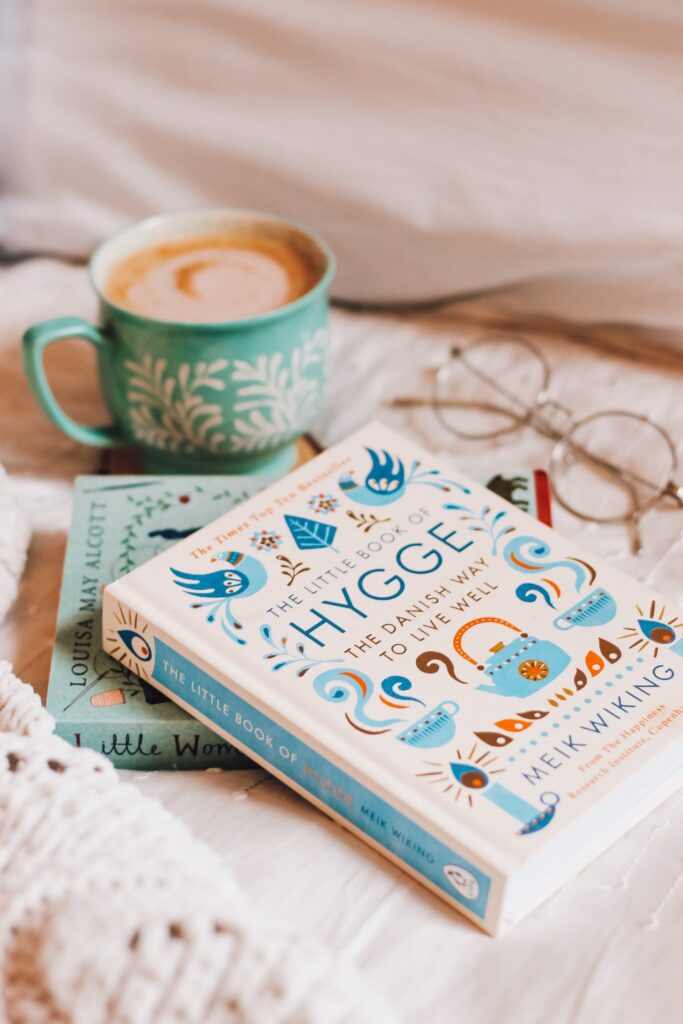
To embrace hygge, Danes prioritize creating a comfortable and inviting environment.
Soft lighting, scented candles, and warm blankets are common elements that contribute to a cozy atmosphere.
Sharing hearty meals, enjoying a hot cup of tea, or spending quality time with family and friends are all ways in which Danes embrace hygge.
This cultural practice encourages individuals to slow down, appreciate the present moment, and find joy in the little things.
Discover more about hygge and how it can bring warmth and contentment to your life.
Ikigai: Finding Purpose in Japan
In Japan, the concept of ikigai revolves around finding and pursuing one’s true purpose in life.
It is a combination of the Japanese words “iki,” meaning life, and “gai,” meaning worth or value.
Ikigai encourages individuals to live a balanced and meaningful life by aligning their passions, values, and talents.
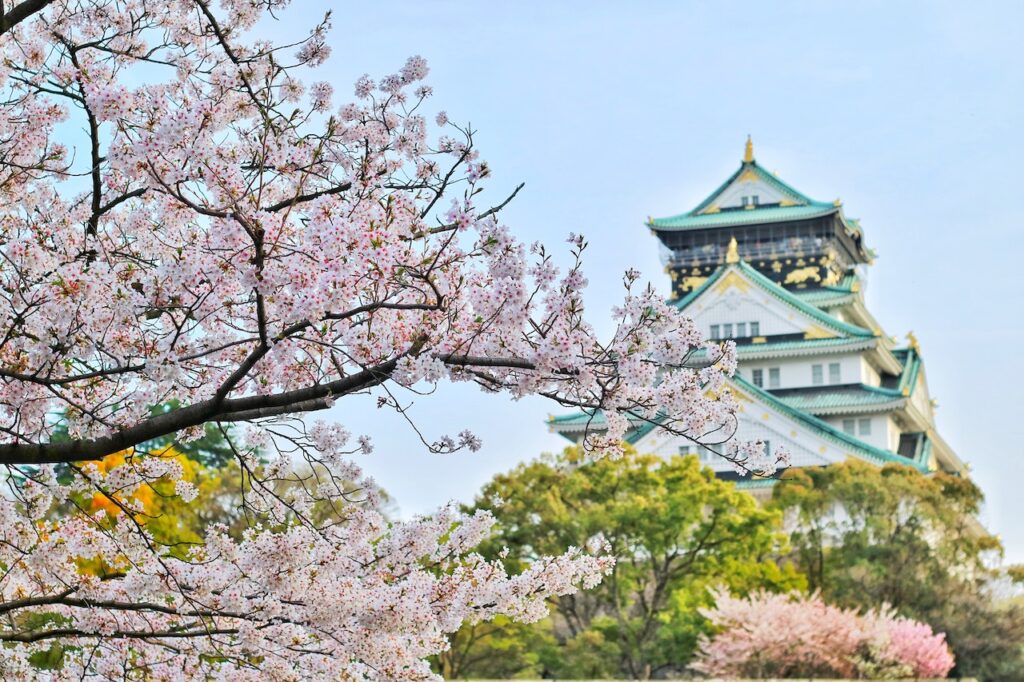
To embrace ikigai, the Japanese prioritize self-reflection. They explore their interests, values, and strengths, seeking to find activities or pursuits that bring them joy and a sense of fulfillment.
This may involve engaging in hobbies, pursuing creative endeavors, or dedicating themselves to a career that aligns with their passions.
Ikigai reminds us to slow down, listen to our inner selves, and make conscious choices that lead to a fulfilling and purposeful life.
Discover your own ikigai and unlock the secrets to a meaningful existence here!
Siesta: Embracing Rest and Rejuvenation in Spain
In Spain and many Latin American countries, the siesta is a cherished tradition that embraces the concept of rest and rejuvenation in the middle of the day.
The siesta typically takes place after lunch and involves taking a short nap or engaging in a period of relaxation.
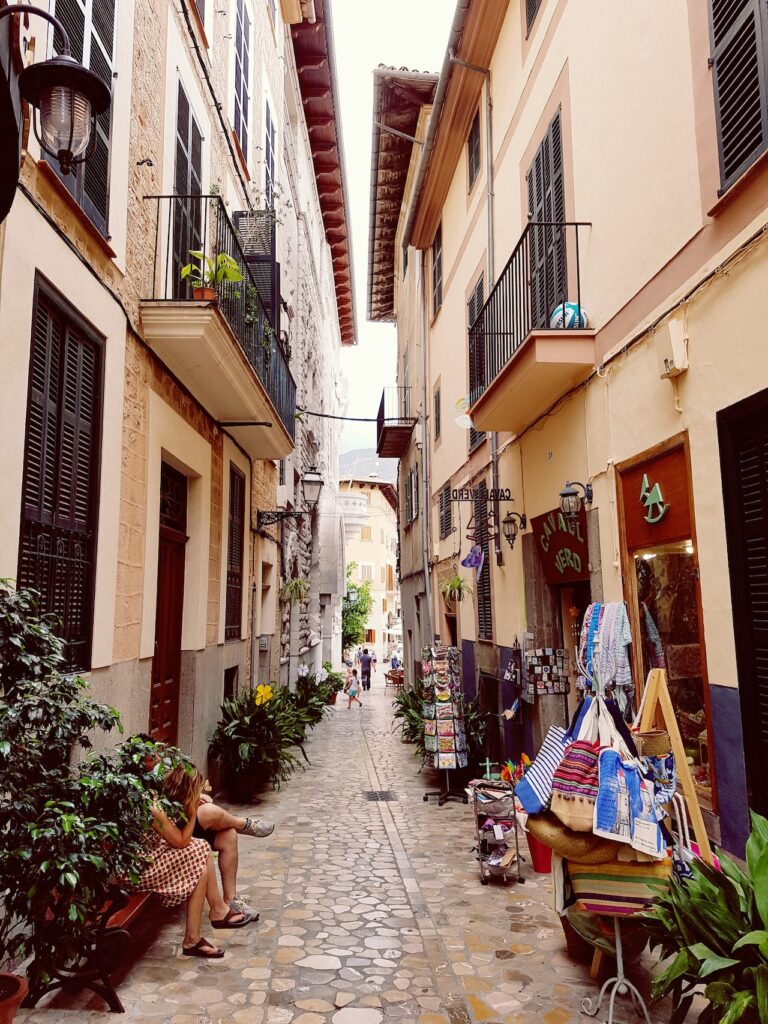
The siesta is deeply ingrained in Spanish culture and serves as a way to escape the midday heat, recharge energy levels, and improve overall well-being.
During this dedicated break, Spaniards prioritize self-care and take the time to unwind, whether by napping, reading, or spending time with loved ones.
This practice not only fosters a sense of balance but also encourages individuals to slow down and prioritize their mental and physical health.
Experience the benefits of the siesta and learn how to incorporate rest and rejuvenation into your daily routine here!
Slow living comes in various forms across different cultures, but the underlying principles remain the same: taking the time to appreciate life’s simple pleasures, finding purpose, and prioritizing self-care.
By embracing these practices from around the world, we can all cultivate a more balanced and fulfilling way of living.
Slow Living Quotes
“Nature does not hurry, yet everything is accomplished.”
– Lao Tzu
“Slow down and enjoy life. It’s not only the scenery you miss by going too fast – you also miss the sense of where you are going and why.”
– Eddie Cantor
“The little things? The little moments? They aren’t little.”
– Jon Kabat-Zinn
“In today’s rush, we all think too much, seek too much, want too much, and forget about the joy of just being.”
– Eckhart Tolle
“The purpose of life is not to be happy. It is to be useful, to be honorable, to be compassionate, to have it make some difference that you have lived and lived well.”
– Ralph Waldo Emerson
“It is not that we have a short time to live, but that we waste a lot of it. Life is long enough, and a sufficiently generous amount has been given to us for the highest achievements if it were all well invested.”
– Seneca
“There is more to life than increasing its speed.”
– Mahatma Gandhi
“Be still and know that I am God.”
– Psalm 46:10
Conclusion
In a fast-paced world where hustle and bustle reign supreme, slow living offers a refreshing alternative. It encourages us to step back, take a breath, and appreciate the simple pleasures of life.
By embracing slow living, we can find balance, reduce stress, and enhance our overall well-being.
So savor every moment, focus on what matters, and enjoy your new life life!
How about an article with 102 Slow Living hobbies just for you!
Ready to start your journey into slower living? Tell me all about it in the comments below!
Until next time, stay cozy my friends.
